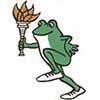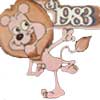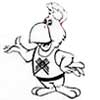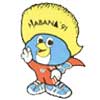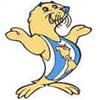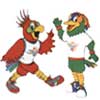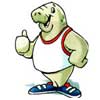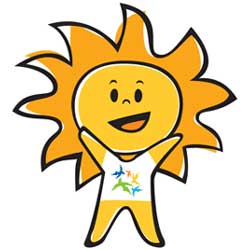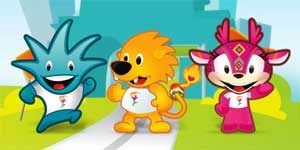Stan Laurel and Oliver Hardy were a comedy duo known as theLaurel and Hardy, his films are classics of silent film comedy. onAugust 7, 1957 Oliver Hardy dies, after being weakened from aheart attack a few months before. and that after his death his ashes were deposited in the sector of Valhalla MasonicMemorial Park in North Hollywood. Stan Laurel after this eventpromised never appeared on screen, Viendo died in February 23, 1965. soman is approximately 99 films attributed to the double charmed and delighted children and adults and to this dayexcites with its charm, simplicity and charisma future generations.
Resumo feito por Ryvna Mendes ,Dia 30 de novembro de 2011





